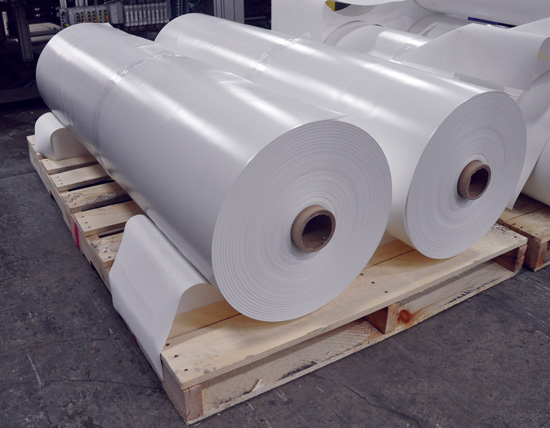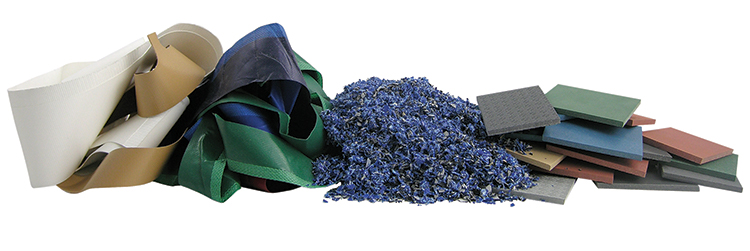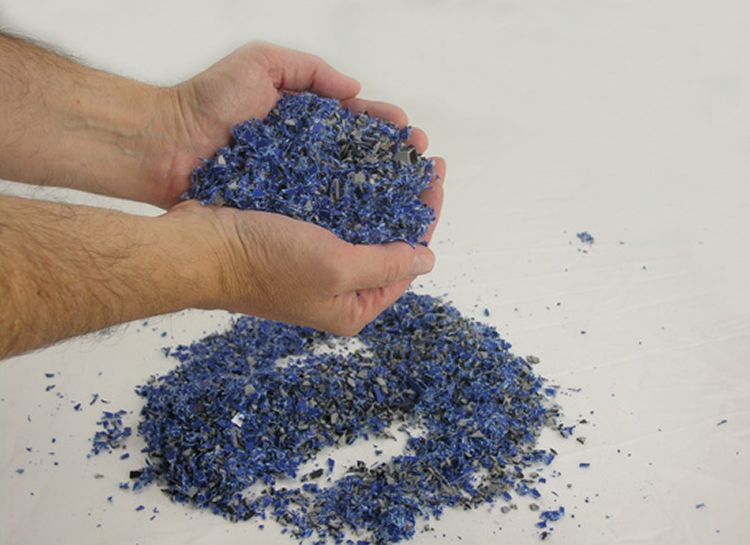The Architect’s Guide to Specifying Sustainable Single-Ply Roofing Membranes: NSF/ANSI 347
In the end, the requirements of the standard are intended to form the basis of conformity assessment programs, such as third-party certification or registration.

Photo courtesy of Duro-Last
Single-ply roofing membrane is known in the industry to have a very robust life cycle. But it took an NSF/ANSI-created standard to document those facts.
How NSF/ANSI 347 Certification Is Achieved
To achieve a rating according to the NSF/ANSI 347 standard, products are rated in five areas of focus:
| Product Design | 42 points |
| Product Manufacturing | 27 points |
| Membrane Durability | 40 points |
| Corporate Governance | 7 points |
| Innovation | 7 points |
| Total | 123 points |
As you can see, the first three subject areas that comprise the bulk of the points available follow the same trajectory as does a manufactured product from design, to manufacture, to its use in the field. Further points are available for actions on the corporate level, as well as implementation of innovative solutions.
The levels that can be reached are:
| Compliant | Minimum 35 points |
| Silver | Minimum 45 points |
| Gold | Minimum 56 points |
| Platinum | Minimum 75 Points |
We'll discuss the criteria topics one by one. But first, there are several prerequisites for all single-ply roofing membrane manufacturers who seek a rating. First and foremost, the membrane manufacturer must have a plan for making a sustainably preferable product, and that plan must be implemented early in the process, in the design stage. Product developers and designers should be looking into environmental impacts of their proposed product across its entire life cycle, from raw material extraction to manufacturing, use, and end of life. Both longevity and performance are highly valued in the standard.
Product Design—Where It All Begins
To encourage membrane manufacturers to focus on environmental and life-cycle issues from the beginning, the point system starts at the stage of product design. The standard refers to it as an “enlightened design process.”
Once a manufacturer has achieved the prerequisite of planning, points are available for a wide variety of criteria, from source materials to chemicals used and all the way to reclamation.











